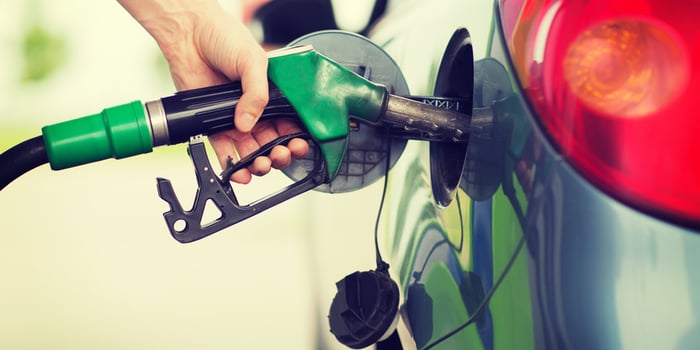
The simplest model of a market involves two things, supply and demand, and the price and quantity of the goods sold in the market are a function of both. When a natural disaster hits, the immediate effect can be two-fold. In such situations, it is not unusual that the demand for certain products may increase. For example, if everyone is trying to leave the area, demand for gas may rise. The other effect is that supply for certain products may decrease. For example, it may be more costly to transport gas in areas affected by a natural disaster, thus decreasing the supply of gas and in turn, increasing the price.
When supply decreases, the price of the good increases. And when demand increases, again the price of the good increases. So we would predict that the market price of gas, for example, would increase in areas recently affected by a hurricane. And in fact we do see this.
Price-gouging occurs when companies raise prices to unfair levels. There is no rule for what qualifies as price-gouging, but it is not an uncommon occurance. For example, EpiPen costs and Uber price surges are both current examples of price increases that have been labeled unfair.
Stories of price gouging in Florida after Hurricane Matthew have recently made headlines. Price increases due to natural disasters are the classic example of price gouging, and the government will usually intervene and directly prevent companies from doing so. But there can be unintended consequences to market interventions such as these, which explains the ongoing debate among economists and policy makers about the proper response to natural disasters and price gouging.
Want to read more about the price gouging debate?
- The Problem with Price Gouging Laws
Harvard Business Review
- Post-Sandy Price Gouging: Economically Sound, Ethically Dubious
Time
- Why Economists Love Price Gouging, And Why It's So Rare
National Public Radio
Interested in learning Financial Accounting, Business Analytics, and Economics for Managers?








